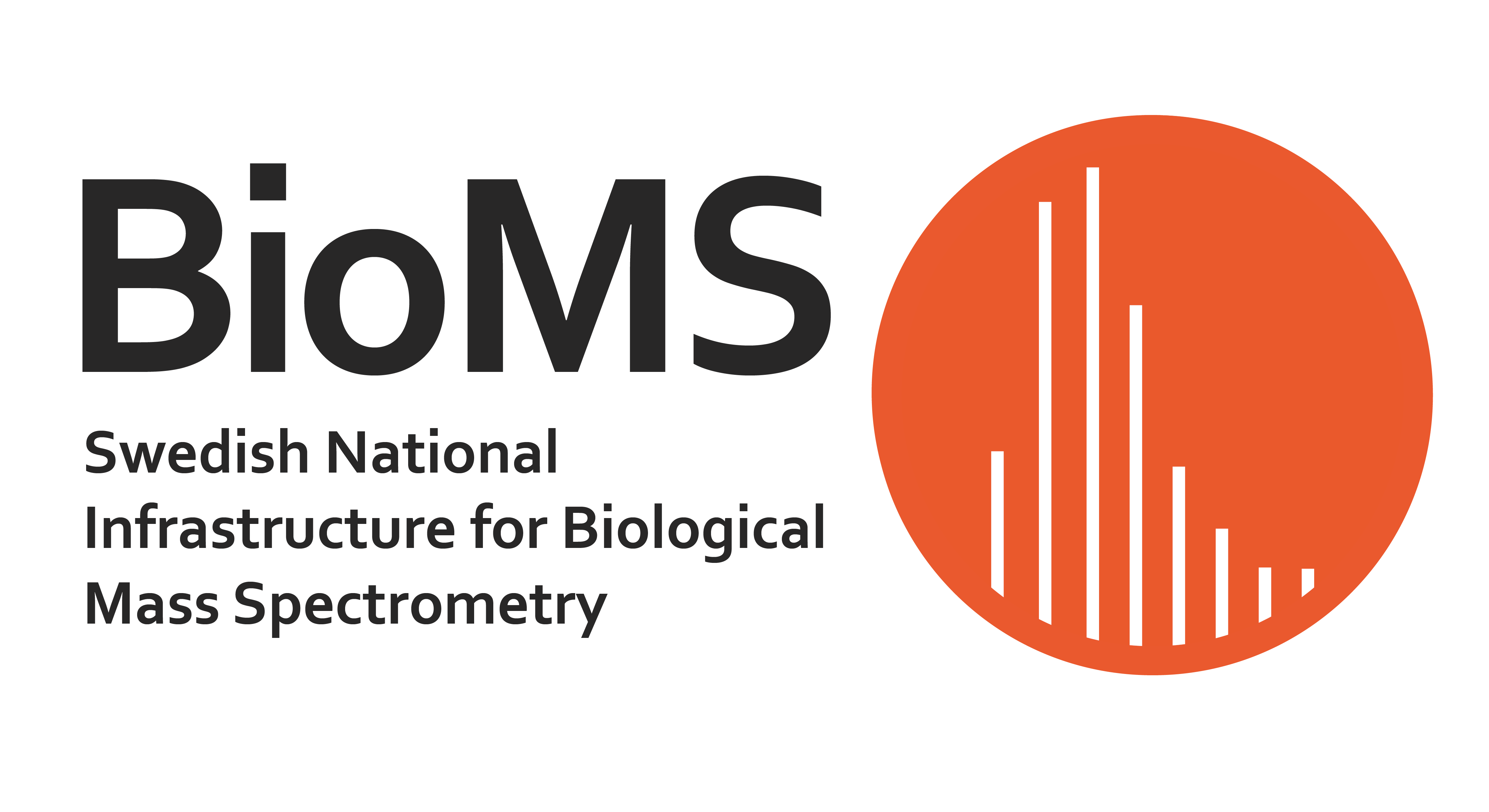Proteomics
Protein identification
Identification and determination of sequence coverage of a protein, either purified, from an immunoprecipitation experiment or identification of proteins in a complex mixture is performed after proteolytic cleavage.
Samples are accepted either in-solution, protein pellet, protein bands from a gel separation or in a biological material such as cells and tissue. Gel cuts are submitted in a tube and covered by 3% acetic acid in ultra-pure water. Avoid the use of detergents as NP40, Triton X100 and Tween since their presence significantly interferes with the downstream MS analysis. The proteins are typically cleaved by trypsin into peptides in-gel, in-solution or filter-aided sample preparation (FASP) and analyzed by nanoLC- MS/MS. The detected peptide mass and the fragment ions are matched against protein sequences supplied by the user or against a publicly available protein database such as SwissProt using e.g. Mascot or Proteome Discoverer. This service can be combined with offline fractionation such as high-pH reversed-phase LC to further maximize the number of protein identifications by reducing sample complexity.
Global protein quantification
Quantitative proteomics includes powerful global protein discovery to analyze and understand protein dynamic changes in cells or tissues. Technological advances in instrumentation have increased the number of proteins that can be covered in a single sample up to several thousands.
Discovery proteomics can provide critical insights for our understanding of the global protein expression as well as modification profiles (e.g. phosphorylation) underlying the molecular mechanisms of biological processes and disease states. These quantitation methods can be performed with chemical isobaric labeling using Tandem Mass Tags (TMT™, Thermo-Fisher) and Isobaric Tags for Relative and Absolute Quantitation (iTRAQ®, Sciex) suitable for all biological samples. Metabolic labeling using Stable Isotope Labeling with Amino Acids in Cell culture (SILAC) is suitable for labeling of proteins in cell cultures.
Quantitative mass spectrometry studies often follow a sequential workflow where methods such as fractionation by high-pH liquid chromatography (LC) are performed to reduce sample complexity prior to nanoLC. For plasma projects, affinity depletion of high abundant proteins in human, rat and mouse plasma are usually necessary. Reduced complexity is a critical factor of peptide quantitation, as identification and quantification rates are directly proportional to sample complexity. Data analysis for relative quantification is performed using e.g. Proteome Discoverer or MaxQuant.
